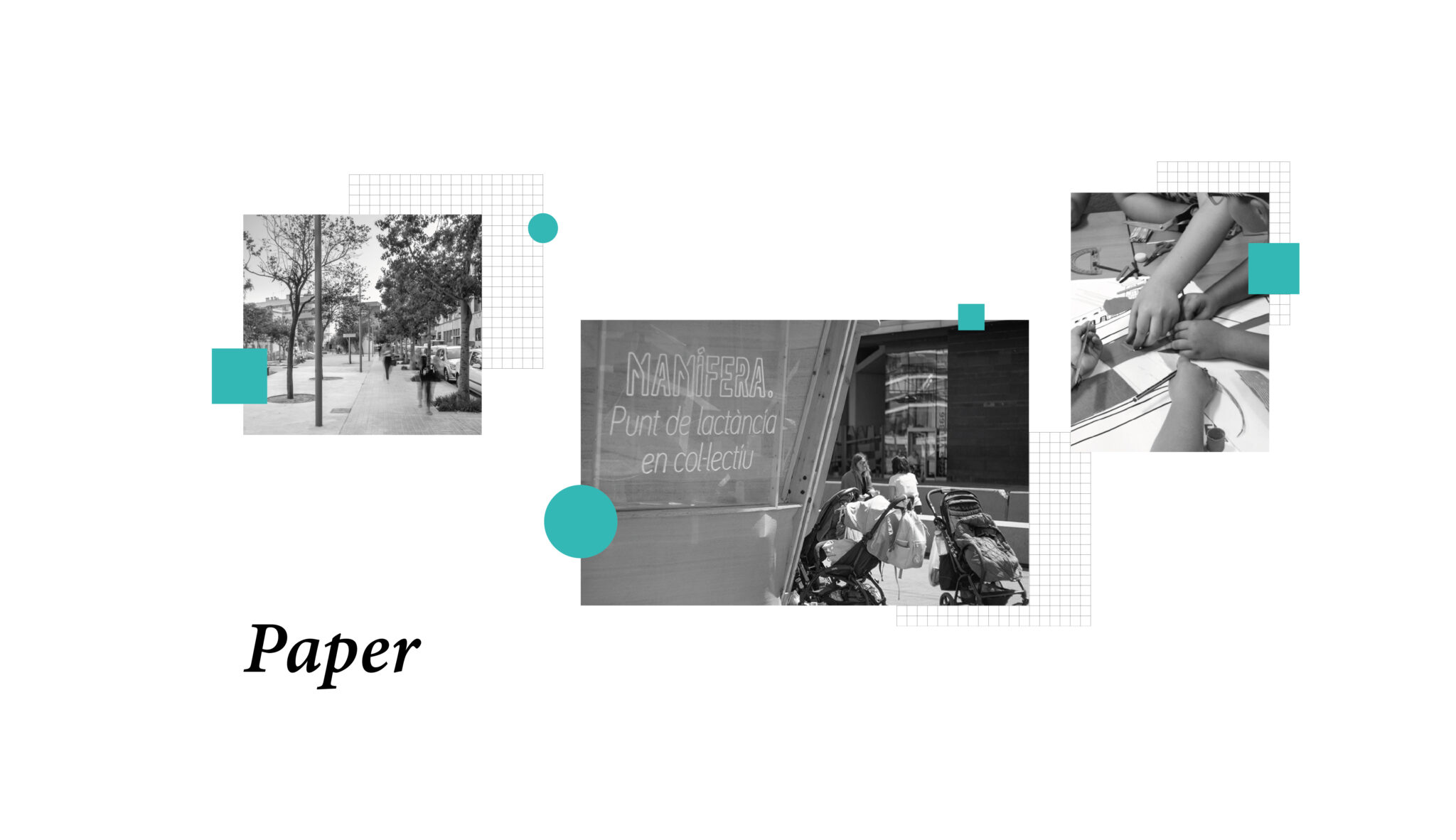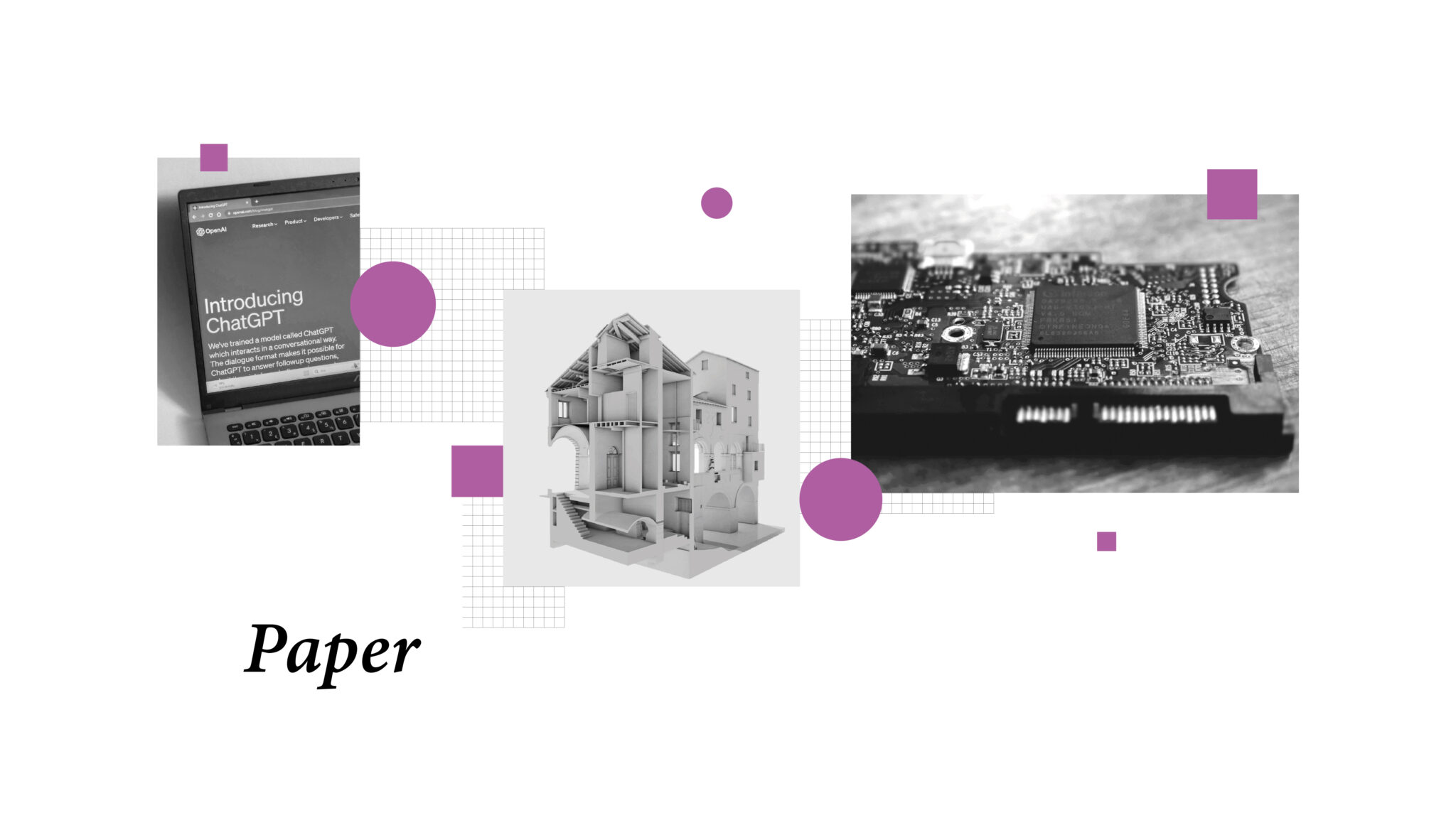
Artificial intelligence and architecture: how to introduce it into your company
DVArea · 25 August 2025
Innovation is one of DVArea’s founding principles. Over the last ten years, it has been a key driver of our development — not just as a statement of intent, but as a concrete approach to work, technology, and organisation. We believe that innovation must create value, by improving what we do and the way we do it. With this mindset, we have decided to introduce artificial intelligence into our processes.
We see artificial intelligence not just as a tool for automation, but as a way to optimise process performance, reduce repetitive tasks, and, above all, have more time for what is really important: reflection, analysis, and critical thinking. In our field, where project quality plays a central role, this perspective is particularly relevant.
We believe that AI can help raise the standards of design work — not by speeding it up at any cost, but by increasing the precision, awareness, and effectiveness of design decisions. In this sense, the introduction of technology is not an end, but a means. A support, not a replacement.
It is a process that requires a well-structured implementation plan, based on a few key pillars: Scalability, Methodology and Commitment.
We advise against approaches that are driven by external pressure or the urgency to “keep up” In a rapidly evolving industry, the risk of relying on non-scalable technologies or those that are not compatible with future regulatory frameworks is very real. That is why we have chosen a structured path, based on targeted experimentation, training, and internal dialogue. We are sharing this path so that it can serve as a guide for anyone who wants to introduce artificial intelligence into their own practise.
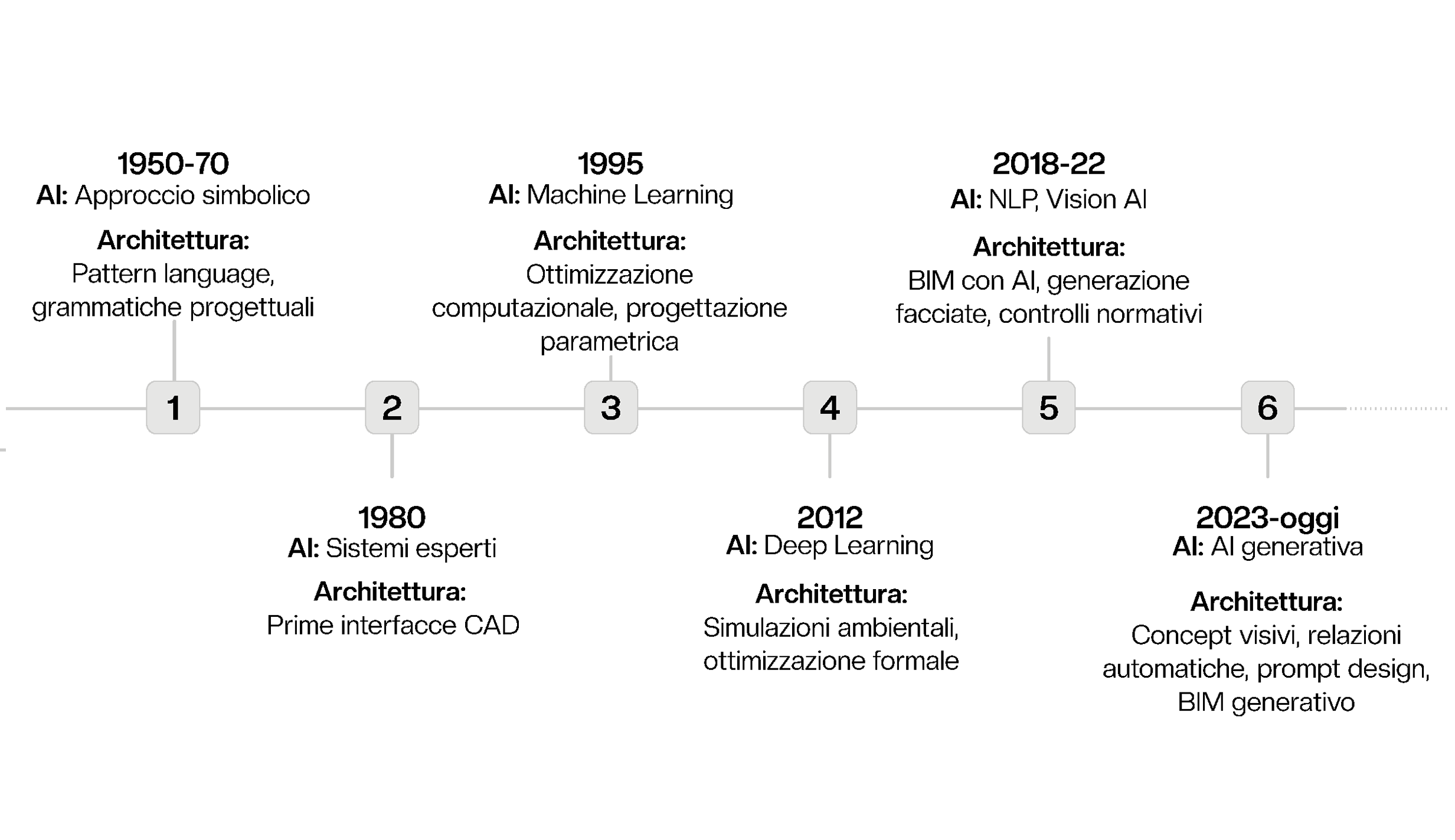
Invest in people: Building an AI team and training
Our journey began by analysing the various application scenarios, paying particular attention to the technical, economic, and regulatory sustainability of each solution. In some cases, we ruled out tools that lacked transparency or could not be integrated into existing workflows. In other cases, we identified use cases with real potential, such as support for technical documentation or project information management. In all cases, the guiding principle was the same: alignment with our quality objectives.
One of the first steps we recommend is to set up an internal AI team, tasked with researching, trialling and supporting the implementation of AI. Next, it is important to start a training programme for all employees, developed and led by the same team. This step is not only about imparting knowledge, but also about awakening curiosity, which can lead to commitment at all levels.
Internal training should cover theoretical foundations (definitions, differences between machine learning and generative AI, prompt engineering based on real cases), but also more general aspects: ethics, design culture, professional responsibility, and the current and evolving legal framework. Before technology, it is crucial to understand the implications it brings. Informal discussions, hands-on workshops, and collaborative activities should also be included, so that everyone has the opportunity to directly test tools, raise concerns, and suggest ideas. This approach strengthens team cohesion and creates fertile ground for more deliberate and wider adoption.
We must not forget that technology is never neutral. The value of a professional lies in their ability to make judgements, take responsibility, and act consciously. Artificial intelligence can support these activities, but it cannot replace them. We see the greatest potential in this alliance between human expertise and intelligent tools.
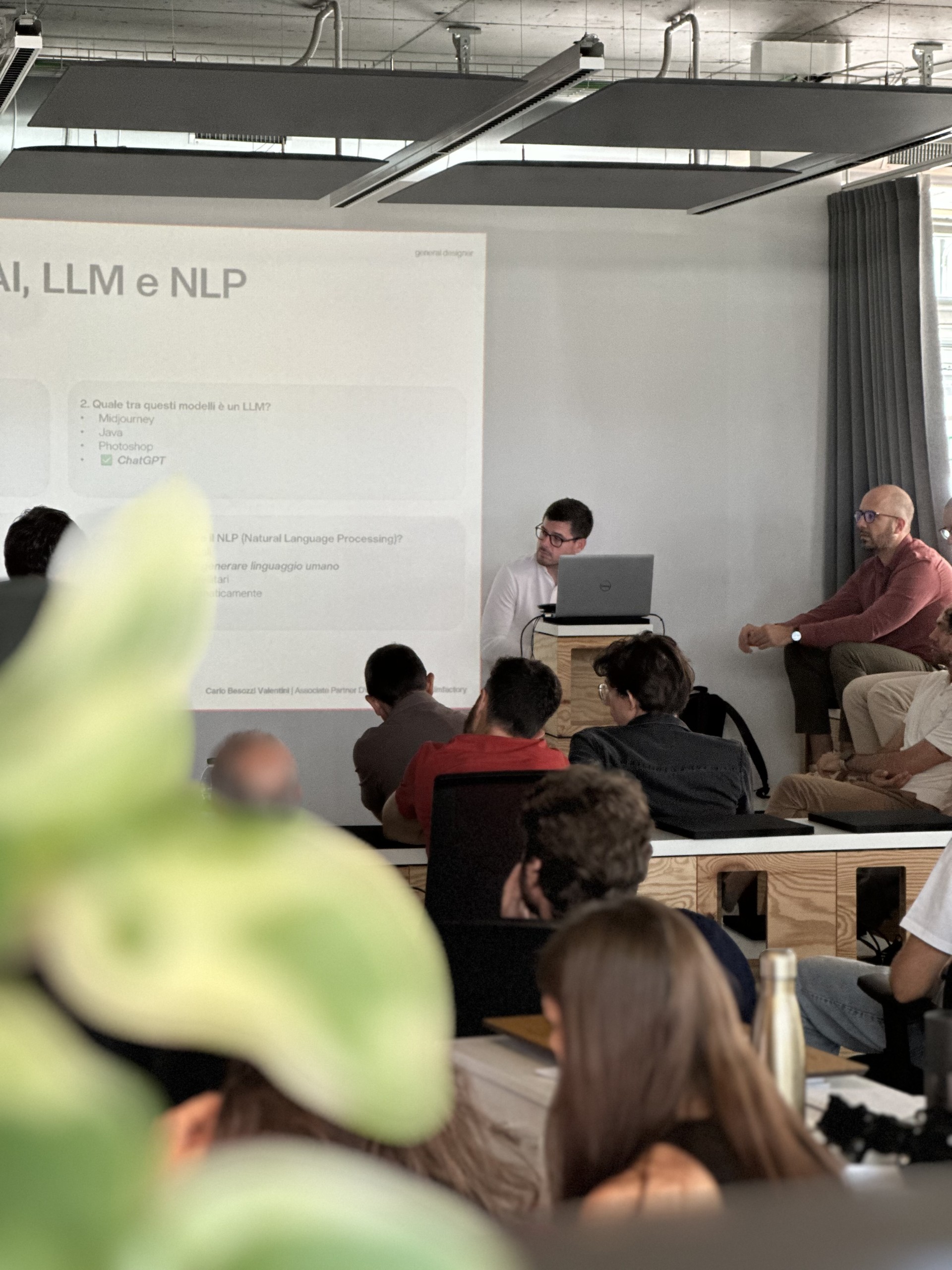
Operations: Skills, policies, governance
The next step is to enter the operational phase. Here, concrete applications are developed in selected areas, with an ongoing dialogue with external experts to broaden perspectives. In this phase, the input of experts with different backgrounds and viewpoints helps to consolidate decisions and avoid strategic mistakes.
At the same time, it is crucial to develop internal guidelines for the use, of AI in which boundaries, responsibilities, and usage criteria are clearly defined. The principle of “human in the loop” – the necessary monitoring and presence of experts in processes involving AI — forms the basis of these guidelines. Responsibility cannot be delegated and, , remains a non-negotiable value in our corporate culture.
Another important aspect is the establishment of a governance system for the continuous monitoring of AI applications, which enables the rapid adaptation of guidelines and tools to technological or regulatory changes. The aim is to maintain a balance between innovation and reliability, between operational flexibility and consistency with core values.
Employee involvement is a cornerstone of this phase. It is a complex challenge to get a large organisation (in our case, more than 150 employees) to deal properly with new tools that affect habits and skills. But it is also an opportunity to grow together.
Innovation, can only be effective, if it is shared. It cannot be imposed, or left to a few. It requires time, dialogue, and the ability to adapt step by step. It is a process that is built up step by step, in the knowledge that each individual can contribute to shaping sustainable development.
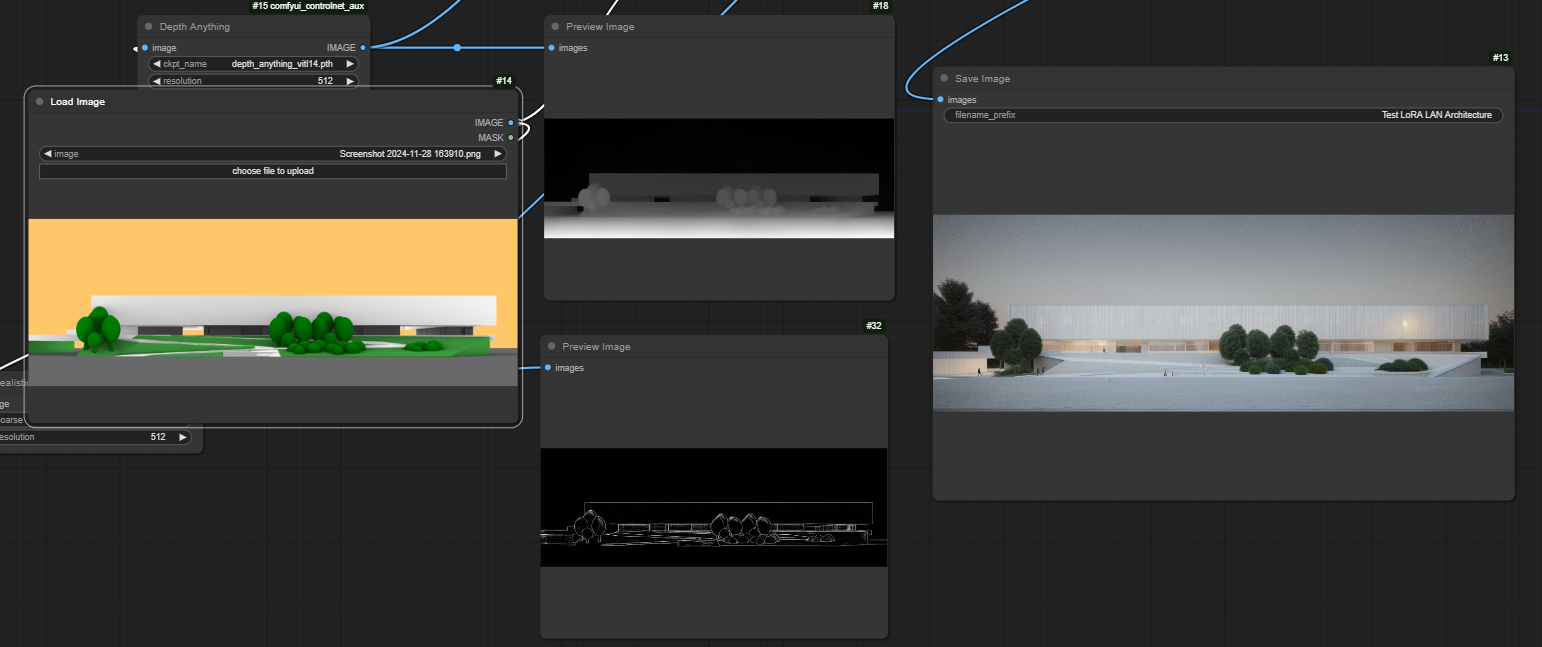
AI and architecture: practical applications
The applications of artificial intelligence in architecture are numerous and constantly evolving. Just think of the potential of parametric programming, cognitive buildings, integration with BIM software, generative design, or computer vision. AI is becoming a supporting tool in various phases of design — not only in the initial concept phase, but also in multidisciplinary coordination, the creation of documentation, energy simulations, and facility management.
When carefully integrated, AI can be a powerful driver for improvement. Not only in terms of efficiency, but above all in terms of quality. It is a tool that can help us to make our work more sustainable, more precise, and better aligned with the challenges of today and tomorrow. A resource that can accompany our development without undermining the principles on which we were founded.
Artificial intelligence is a technology in transition, with great potential, but also with limits and uncertainties. At DVArea, we have decided to approach it consciously and work on several levels: Skills, tools, rules, and culture.
We cannot know exactly where this path will take us or how many applications will emerge, but we are convinced that — as with any true innovation process — the quality of the outcome depends on how well we integrate our expertise, experience, and sense of responsibility.
Carlo Besozzi Valentini
Associate Partner DVArea | COO Bimfactory

Looking for more engaging content?
Subscribe to the DVArea Newsletter to stay informed about our latest updates in architecture, construction, digitalisation, and integrated sustainability.
